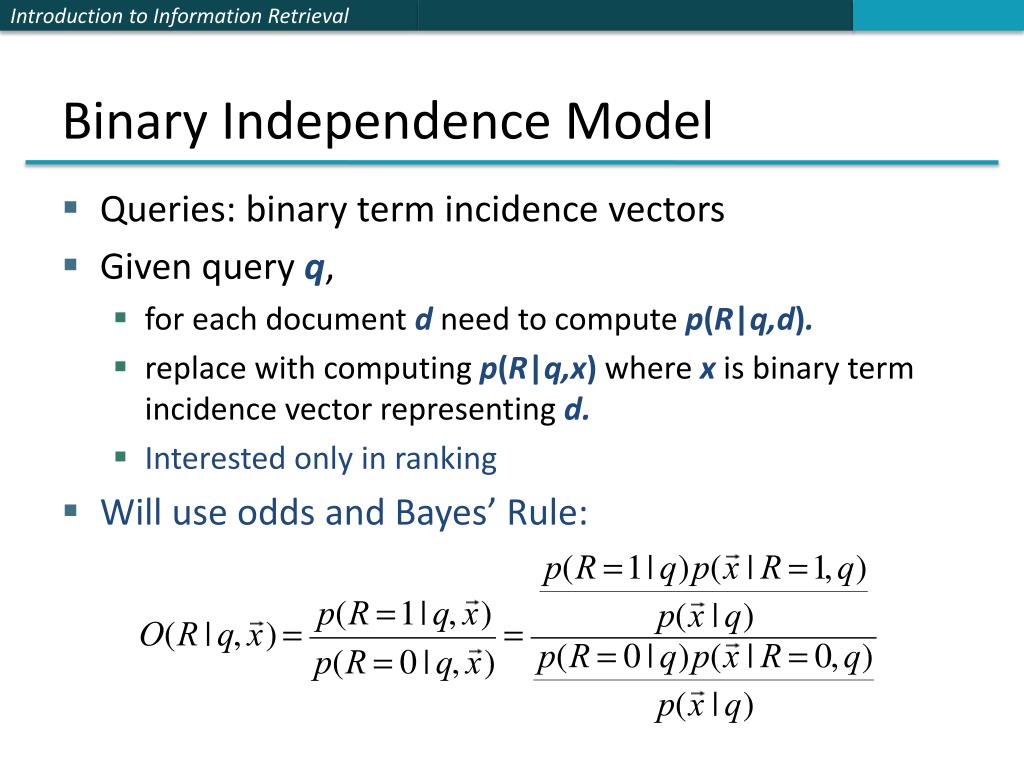

The work that has already gone in has started showing some results. And that is why he says Google has a “big investment in improving speech recognition for Indian languages” and “getting the right data for training data, the right algorithms in place”. While it is still quite tough to type and search in regional Indian languages, Nayak accepts “having speech recognition as a mode of operation is incredibly valuable”. And by having the right training data, you can learn the right sensibilities.” “As long as you have the right training data in terms of documents in that language and so forth. “Fundamentally, the techniques we use tend to be statistical techniques that look at sort of large scale statistics of language and language usage… it’s not that we learn English grammar and then Hindi grammar and so forth,” he says, adding how since the underlying techniques are statistical in nature, they can generalise very easily to many different languages. But the statistical approach made this a bit easier. Then there was the problem of taking these learnings to other languages, what Google calls localisation. “Getting that right is essential to being successful with your users.” “If you don’t do a good job, people are not going to use your product as language is so central to us,” he adds.

Because language is this sort of complex thing… it is very subtle, nuanced and whatnot,” he tells, adding how the more recent innovations have been around machine learning and deep learning, “sort of quantum leaps forward in understanding sentences, natural language and conversations”.Īlso read: Google Search to show results in relevant local language even if you type in English characters “You get all these really interesting phenomena with language.


 0 kommentar(er)
0 kommentar(er)
